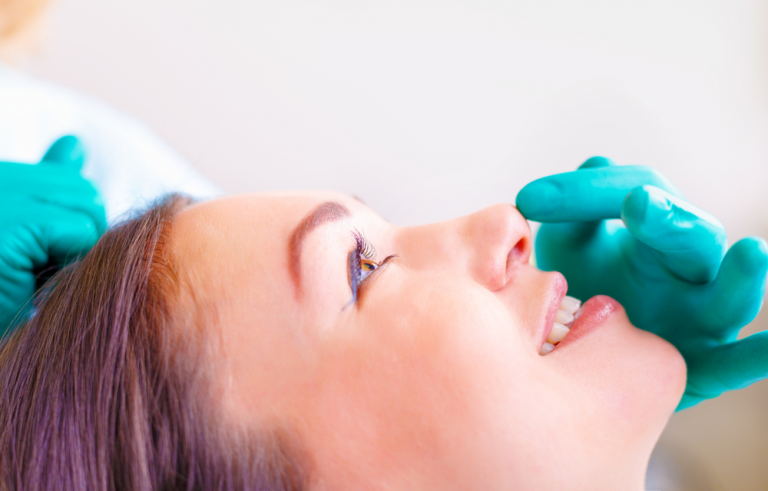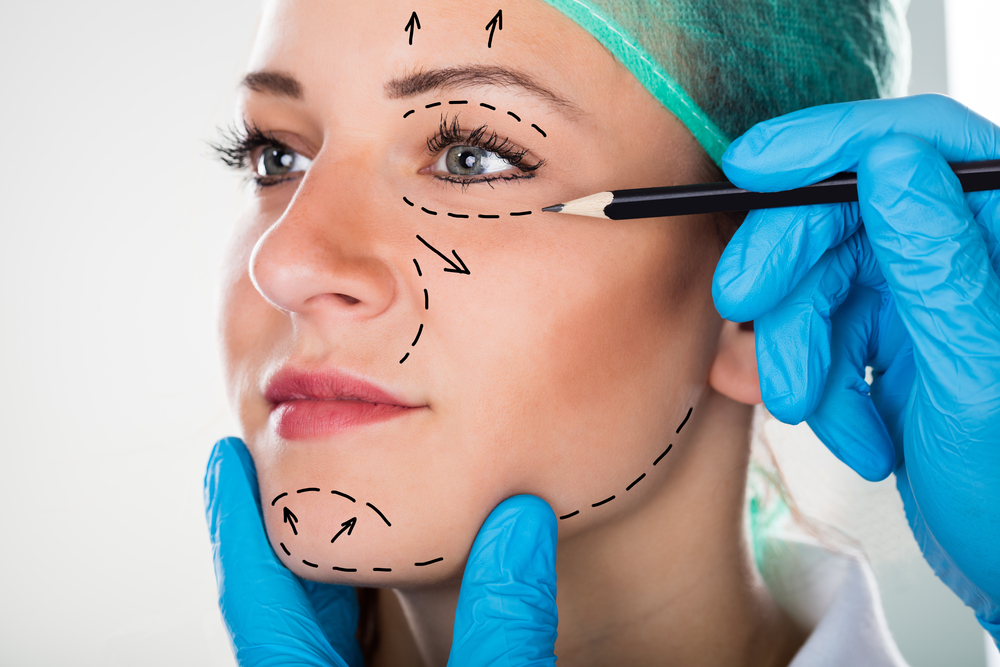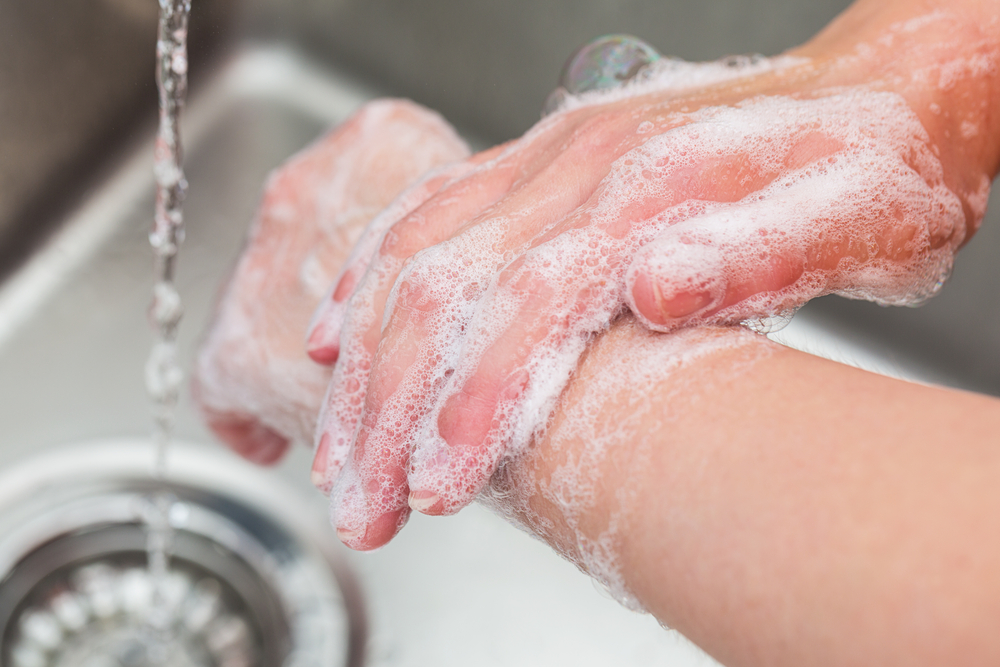Keeping with our facelift theme for our vlogging series, we look at whether changes in the perioral region occur after facelift surgery. Although a facelift can make visible changes in the perioral region, which is the area around the mouth and lips, it is rarely altered during the procedure. During a facelift, there are ligaments released around the mandible that allow the face to change. However, there is a limit to how much the lines caused by these ligaments can be altered, which makes a facelift procedure ineffective for this particular area.
There is a case study provided showing a patient who chose to have a lower facelift procedure. There are photos showing examples where her face shows visible signs of her skin being affected by sun damage. After the facelift procedure, although the patient had a lower facelift procedure performed, there were only positive changes in the perioral region and jawline. There wasn’t a complete change in the perioral region, however. For those looking for rejuvenation around the mouth and lip area, non-surgical treatments are better advised, which can help improve how the lines look around the chin and lips. Alternative treatments for improving lips and mouthlines are provided in more detail further in the video.
If you’d like more information on facelift surgery, then you can get in touch by contacting us here or by calling 0161 401 4064. You can also visit our facelift surgery case study page to see more examples of results from our performed treatments.









